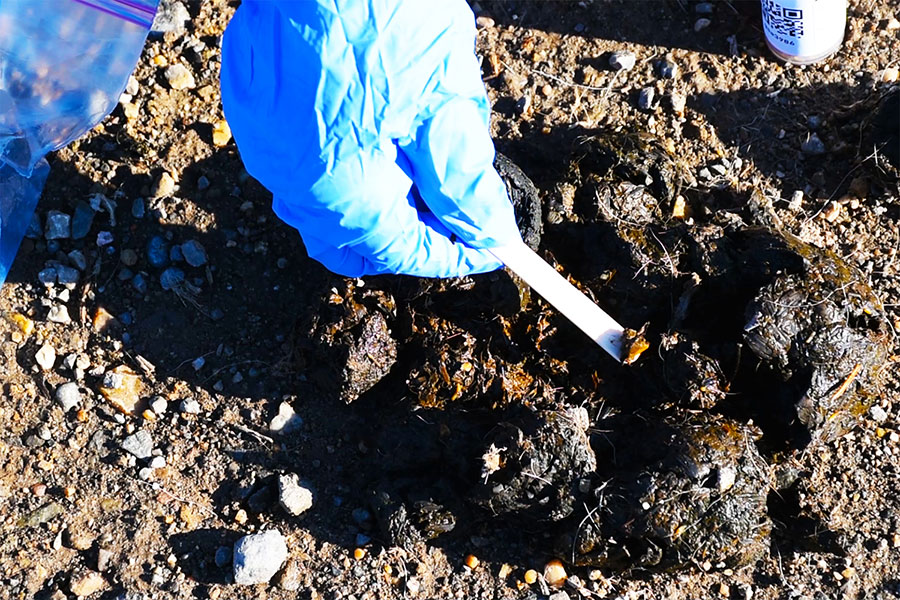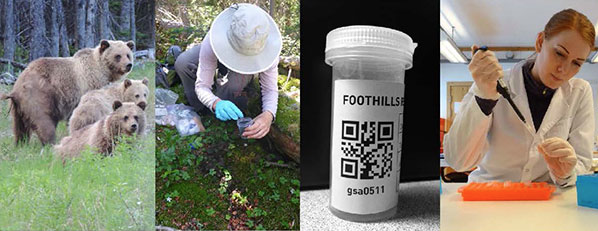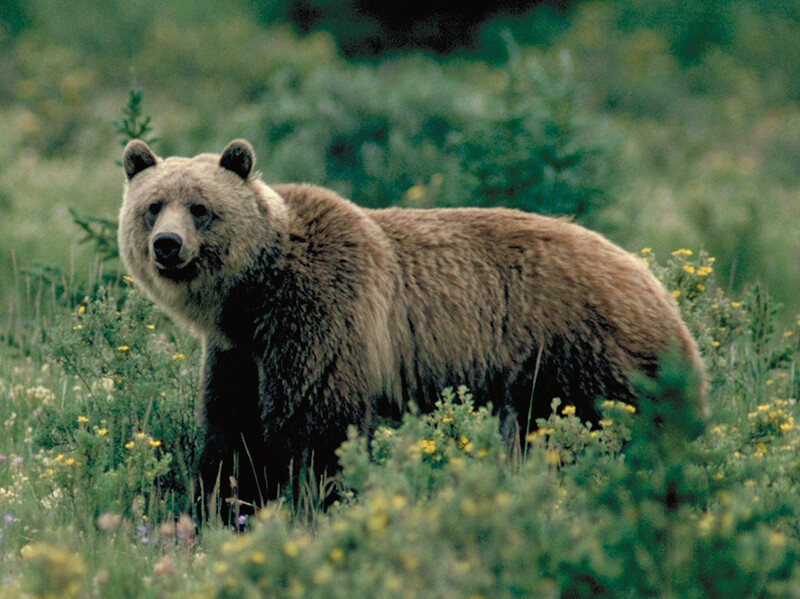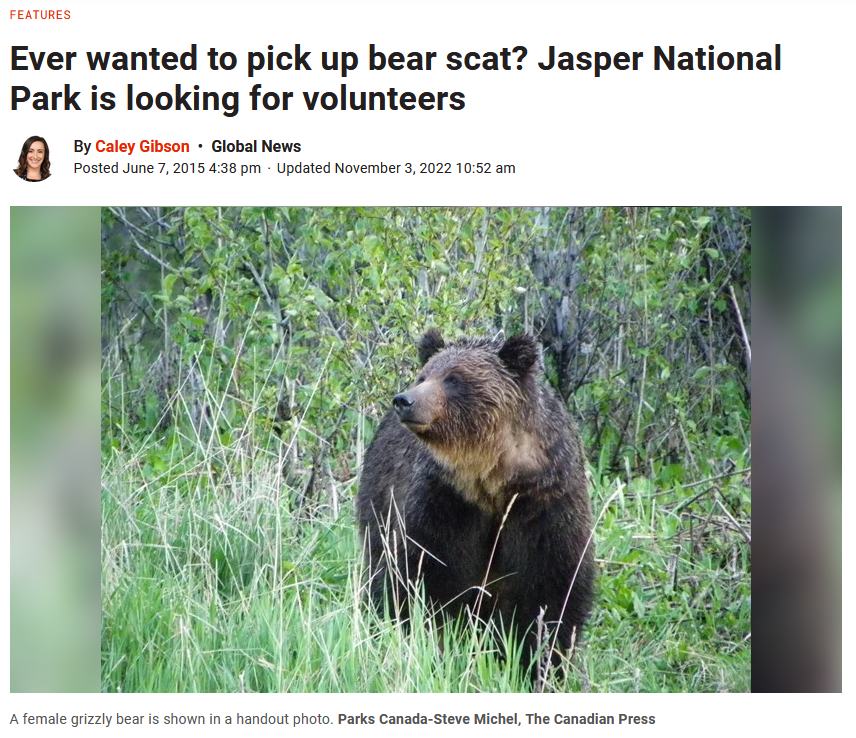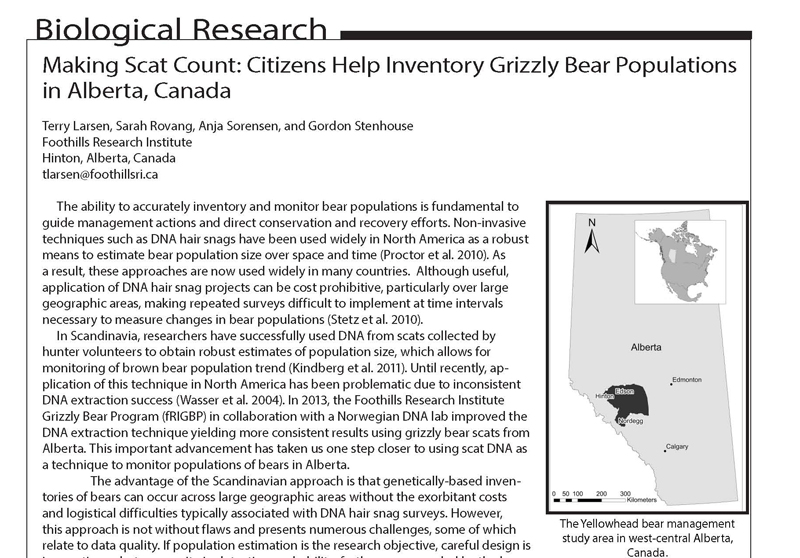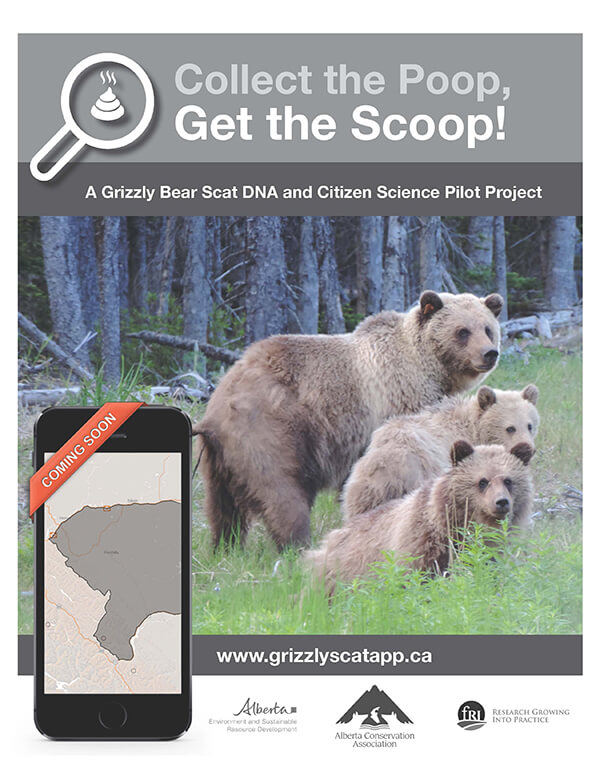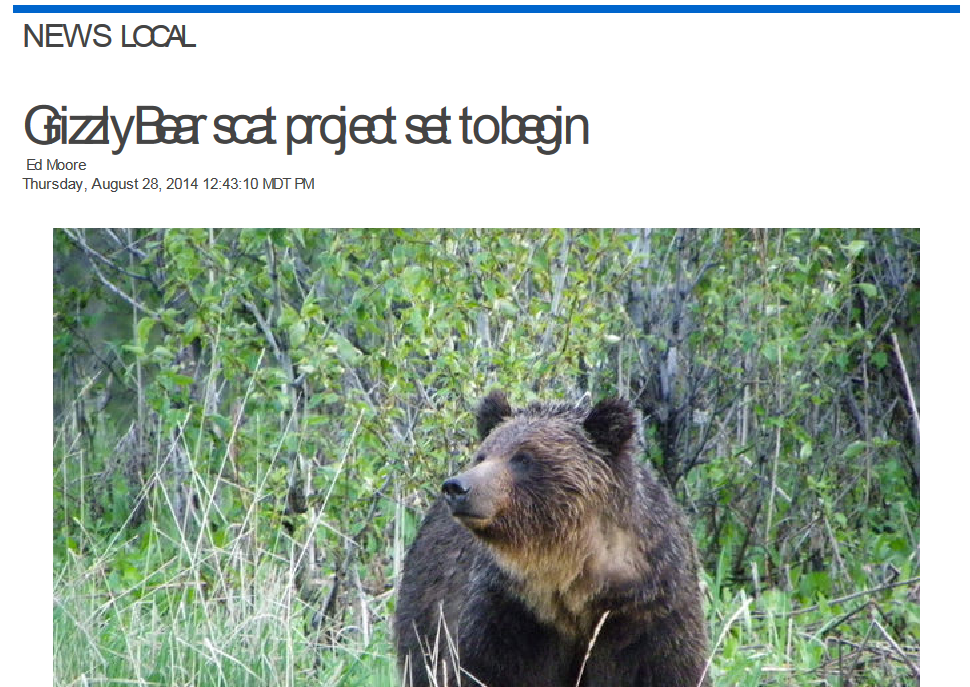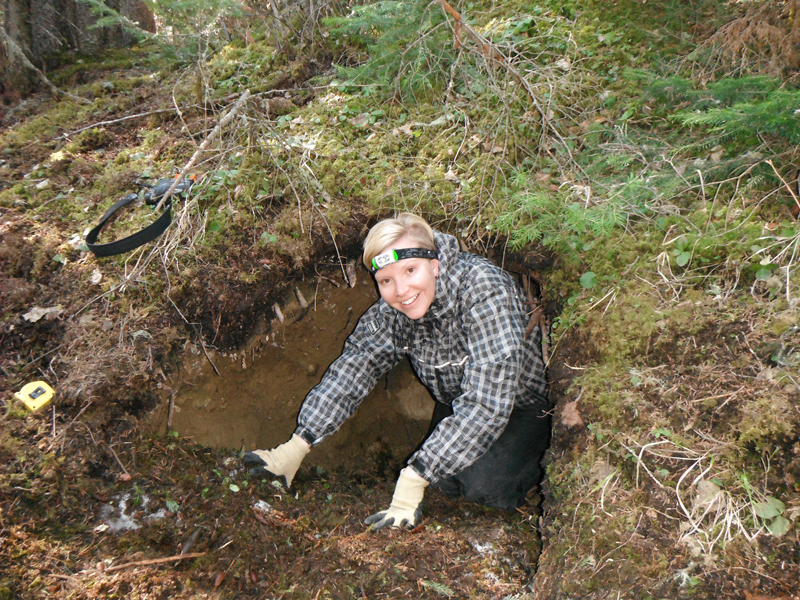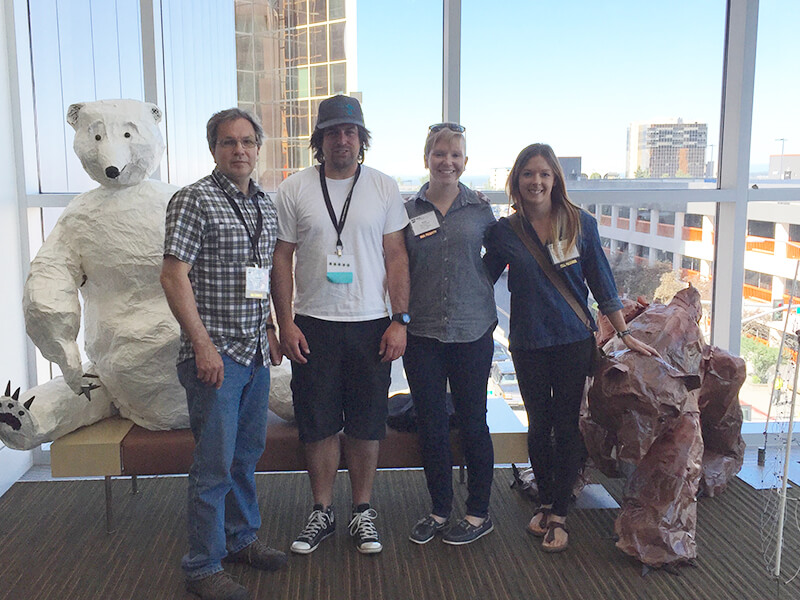Collecting Scat with Citizen Science to Monitor Grizzly Bear Populations
This project is complete and the app has been deprecated.
This project is now complete. The smartphone app has been deprecated and we are no longer able to accept scat samples.
Collecting the DNA from scat is a non-invasive method of tracking grizzly bear populations. This project first developed a scat collection and DNA extraction procedure. Collecting the DNA from scat is a non-invasive method of tracking grizzly bear populations.
The first stage of this project was a collaboration in 2013 with the Norwegian Institute of Biotechnology to developed a scat collection and DNA extraction procedure. Collecting the DNA from scat is a non-invasive method of tracking grizzly bear populations.
The Grizzly Bear Program then worked to develop a smartphone app called the Grizzly Bear Scat App that is available for free on iOS and Android devices. Citizen scientists who recreate in the area can download the app and pick up scat collection kits. The simple process empowers anyone enjoying the landscape to contribute to grizzly bear conservation.
After a short fall 2014 trial run, we partnered with Jasper National Park to scale up citizen scientist recruitment. The collaboration with Parks Canada is ongoing and publications are in progress.
Grizzly bears have suffered dramatic range reductions and suspected population declines due to over-exploitation and habitat loss. As a result of five years of intensive DNA population inventory work and 11 years of directed province-wide research activities by the fRI Research Grizzly Bear Program, Alberta changed the status of grizzly bears in Alberta to a threatened species in June 2010.
Our grizzly bear research has yielded new knowledge and planning tools which our government can use to make science-based management decisions. However, without additional scientific data to help guide and direct grizzly bear recovery efforts, it will be difficult to achieve and document recovery of this flagship conservation species.
Population inventories are labour intensive and costly. The home ranges of grizzly bears is very large and comprises vast areas of remote wilderness and their low population densities requires robust samplling. A common non-invasive technique extracts DNA from hair snags set up at hundreds of locations. This was how the Grizzly Bear Program produced population estimates in 2004 and 2014.
Getting DNA from scat collected by citizen scientists is a cost-effective way to supplement hair snag data.
This project is was completed in 2018 and the app has been deprecated.
Phase 1: testing different scat collection and DNA extraction methods
Simple collection procedure created
Samples sent to the Scandinavian lab for DNA extraction
Confidence in collection and DNA extraction methods established
Phase 2: using citizen scientists to collect scat for grizzly bear monitoring
Smartphone apps for iOS and Android in development
The Grizzly Scat App is released for iOS and Android
The first pilot project, using local hunters as citizen scientists, begins
Scat samples sent to the Scandinavian lab for analysis
JNP launches Scat Seeker pilot project to recruit more citizen scientists
DNA data being studied
Final report published
We continued to refine these methods, receiving opportunistic samples from industry employees and the public.
With the citizen science component complete, the smartphone applications will no longer be maintained.











